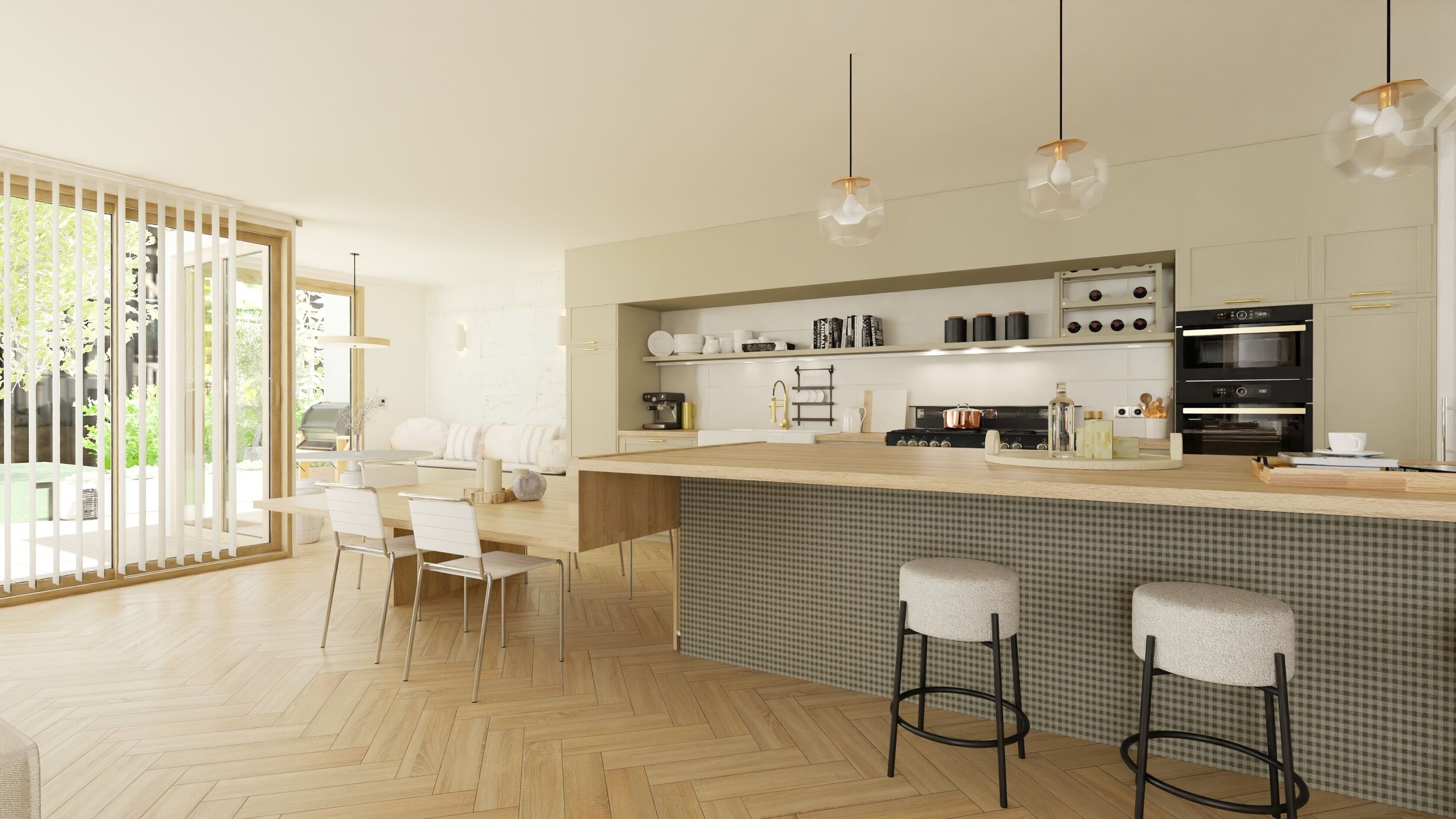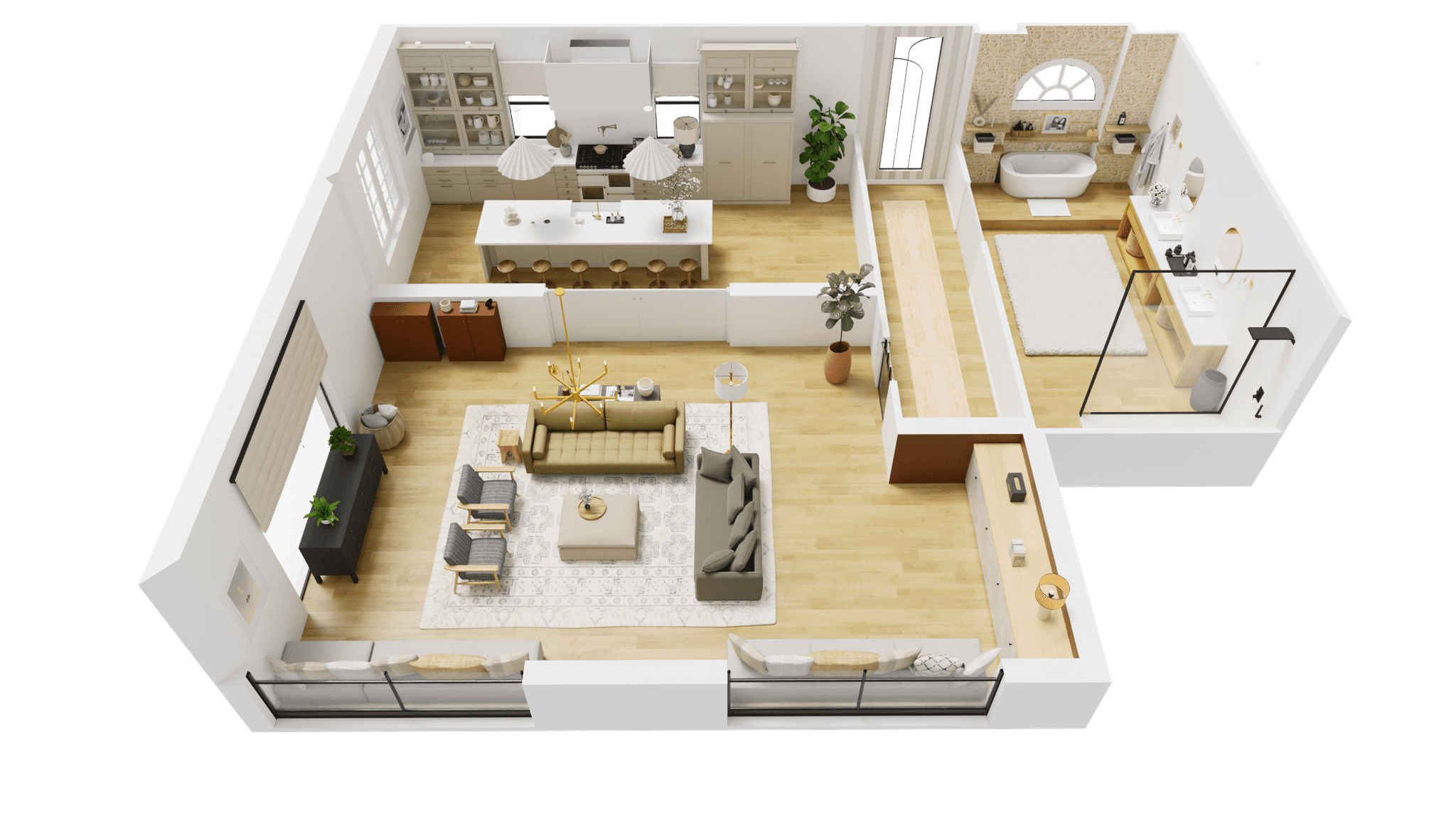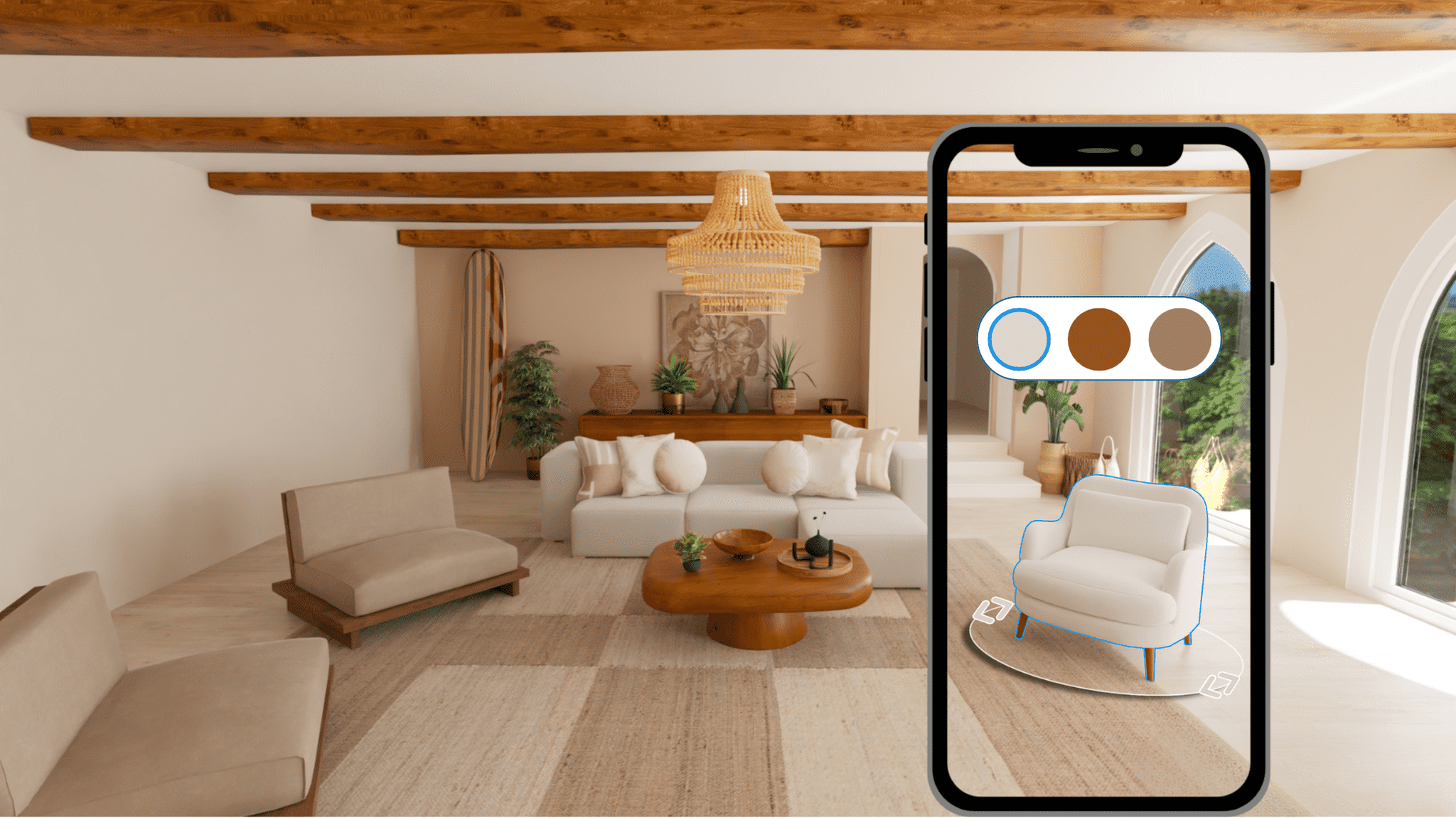Why Interactive Content is the New Front Door in Retail
It’s 8:00 a.m., and Sarah is scrolling through Instagram with her morning coffee. By 10:00, she’s saved ten design ideas and already knows she wants a new look for her living room.
Today, inspiration doesn’t wait until someone steps into a store. It begins quietly—on a screen, with a scroll, a swipe, or a tap.
In fact, over 80% of consumers now kick off their buying journey on mobile. They're browsing, bookmarking, and building mental shopping lists long before making a purchase. That means the true beginning of footfall starts when they are inspired.
First, assess your online inspiration experience
Before jumping into solutions, start by understanding your digital touchpoints. Are they working hard enough at the very top of the funnel?
Ask yourself:
- Can users interact with your products smoothly on mobile?
- Are room visuals quick to load on slower networks?
- Is it easy to share, save, or revisit inspiration?
- Do you know which visuals convert best—or which get screenshotted most?
- Can customers see your products in multiple colors, finishes, or styles?
If you answered “no” more than once, chances are you’re leaking valuable attention at the inspiration stage.

Second, craft content that prompts user interaction
Inspiration often begins with a moment of recognition - “This could work in my home.” But capturing that interest requires more than just static visuals. Today’s mobile-first shoppers expect to engage: they want to zoom in, swipe through, rotate products, and view furniture from all angles.
Tools like 3D planners, product configurators, and embedded room visualizers transform passive browsing into active exploration. Rather than simply viewing content, shoppers get hands-on, driving deeper engagement and a stronger connection to the products. It’s no surprise that those who use planning tools spend more time on your site and are more likely to take the next step toward buying.
Consider incorporating interactive elements like:
- 360° product rotations
- Fabric and material selectors
- Contextual views showing the same item in various room styles.

Third, join their inspiration journey
Retail marketing used to revolve around discounts and promotions. Today, the more effective approach is to focus on inspiration.
That requires adopting the mindset of your future customer—before they even know they’re shopping. What styles are trending right now? What spaces are people planning or dreaming about? What type of content is likely to spark a reaction like “I need this in my home”?
Tools like curated collections, design inspiration guides, and interactive room planners are powerful ways to connect during this early exploration phase. But the real advantage comes when these experiences are linked and supported by behavioral data that helps you recommend more relevant options.
Take 3D planners as an example. They’re ideal for this early stage because they allow customers to experiment freely without pressure. While doing so, users begin to reveal their preferences—favorite layouts, chosen finishes, and go-to products. This insight gives you the opportunity to tailor your offering before the shopper even articulates what they’re looking for.
Creating digital experiences that resonate from the very first spark of interest makes your brand more meaningful - before the buying process even begins.

Fourth, convert inspiration into real-world action
Generating digital traffic is valuable - but what matters more is turning that interest into something tangible: a purchase, a store visit, or a personalized follow-up.
This is where solutions like HomeByMe’s Furniture and Decor Planner can make a difference.
When a customer engages with a planner on your website, the data doesn’t disappear when they exit the session. If your Retail Operations system is connected, your team can retrieve saved designs, send customized quotes, and check inventory - starting from that original spark of inspiration.
Picture this: a customer creates a bedroom layout on their tablet, saves the design, and leaves. A week later, they walk into your store. Your sales associate accesses their saved project, reviews their selections, and offers targeted, informed advice - on the spot.
Closing thought
Retail success today depends on delivering digital experiences that engage shoppers from the moment inspiration strikes—and keeping them engaged all the way to the point of sale.
Start by sparking imagination. Offer tools that let shoppers explore, personalize, and dream. And make sure your team can act on those insights—both online and in the store.
Discover how HomeByMe helps leading retailers create immersive, mobile-first journeys that turn curiosity into conversion.
